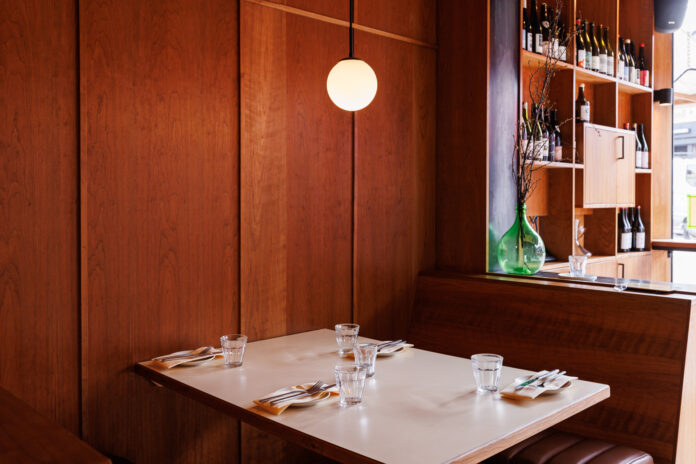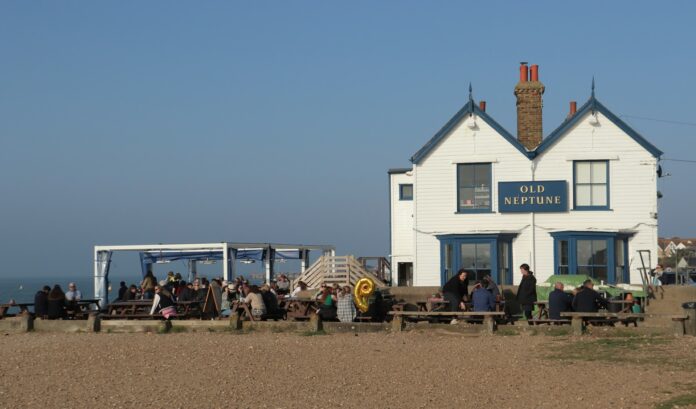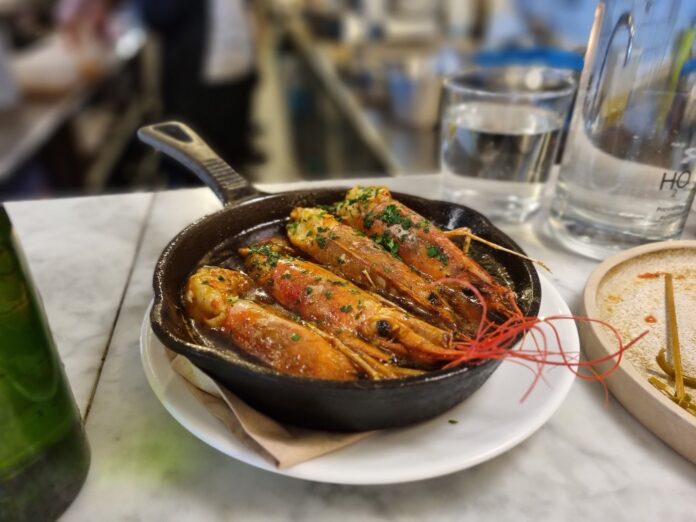There’s something rather magical about exploring Japan on two wheels. Perhaps it’s the way morning light filters through bamboo forests as you pedal along quiet country roads, or how the glittering Pacific appears suddenly around a bend in coastal Hokkaido.
In a country where ancient tradition harmonises with cutting-edge modernity, cycling offers the perfect rhythm to experience both worlds – fast enough to traverse diverse landscapes, yet slow enough to absorb every nuance of Japanese culture that might otherwise slip by in a bullet train blur.
Japan presents a cyclist’s paradise that remains surprisingly undiscovered by Western tourists. From perfectly maintained roads winding through volcanic landscapes to dedicated cycling routes connecting rural villages, the Land of the Rising Sun offers unparalleled adventures for cyclists of all abilities.
Today, we’re exploring some of Japan’s most spectacular cycling destinations, with recommendations on routes, journey lengths, must-see sights, and places to rest your weary legs. Strap on your helmet, fill your water bottle with green tea, and join us as we pedal through Japan’s most breathtaking scenery…
When Is The Best Time To Go On A Cycling Holiday In Japan?
The ideal time for cycling in Japan falls within two distinct seasons: spring (April to June) and autumn (September to November). Spring offers the legendary cherry blossom season, with pink petals carpeting the countryside, while autumn transforms the landscape into a blazing tapestry of red and gold maple leaves.
Avoid the rainy season (June to mid-July) when downpours can be persistent, and the sweltering humidity of summer (July-August), particularly in central and southern regions. Winter cycling is possible in southern areas like Kyushu, but the northern regions become snow-covered and best left to other adventures.
Japan’s climate varies dramatically from north to south, so pack accordingly. A lightweight waterproof jacket is essential year-round, and layers are your best friend for adapting to changing temperatures as you climb mountains or descend to coastal plains.
Rental bikes are widely available in major tourist destinations, with options ranging from city cruisers to high-end road bikes. Most cycling-focused regions now offer convenient luggage forwarding services, allowing you to pedal unencumbered while your suitcase meets you at the next accommodation.
Now, let’s clip in and explore Japan’s most rewarding cycling routes.
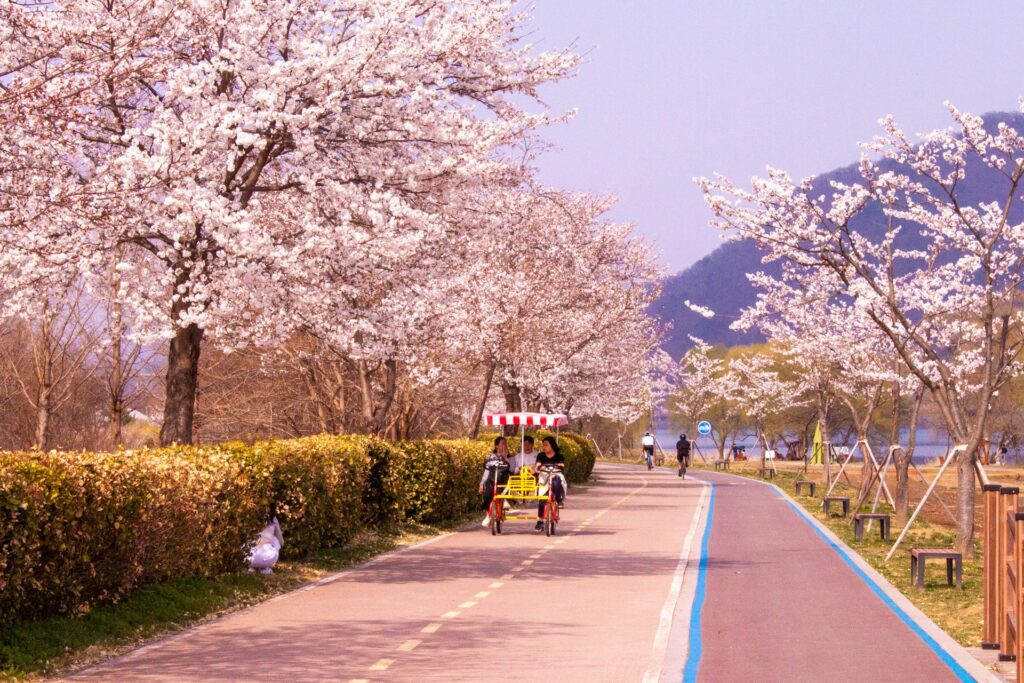

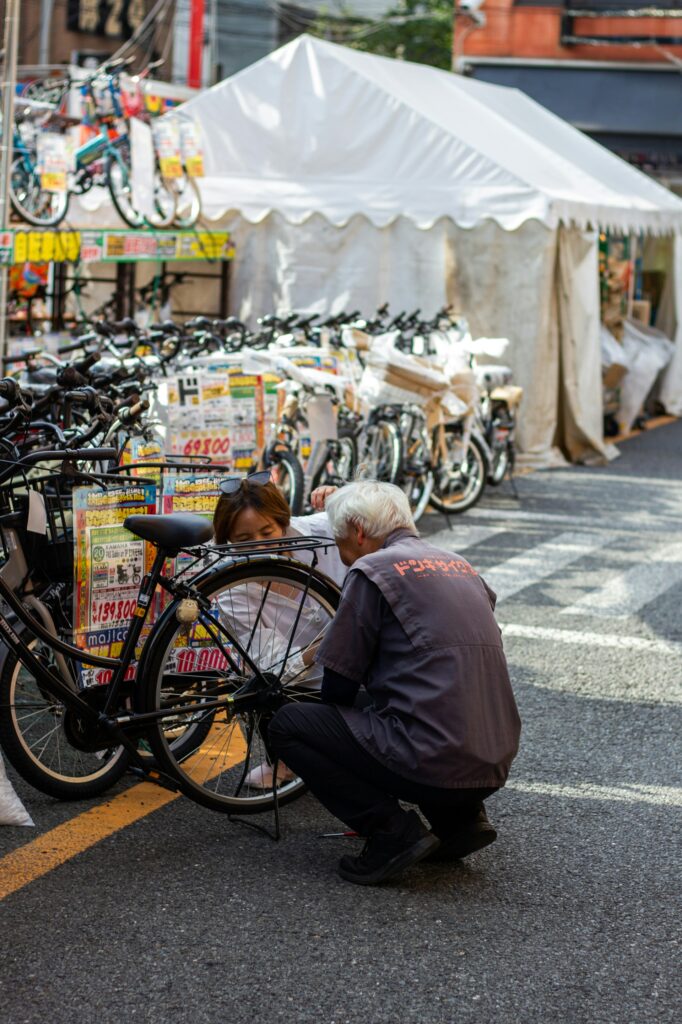

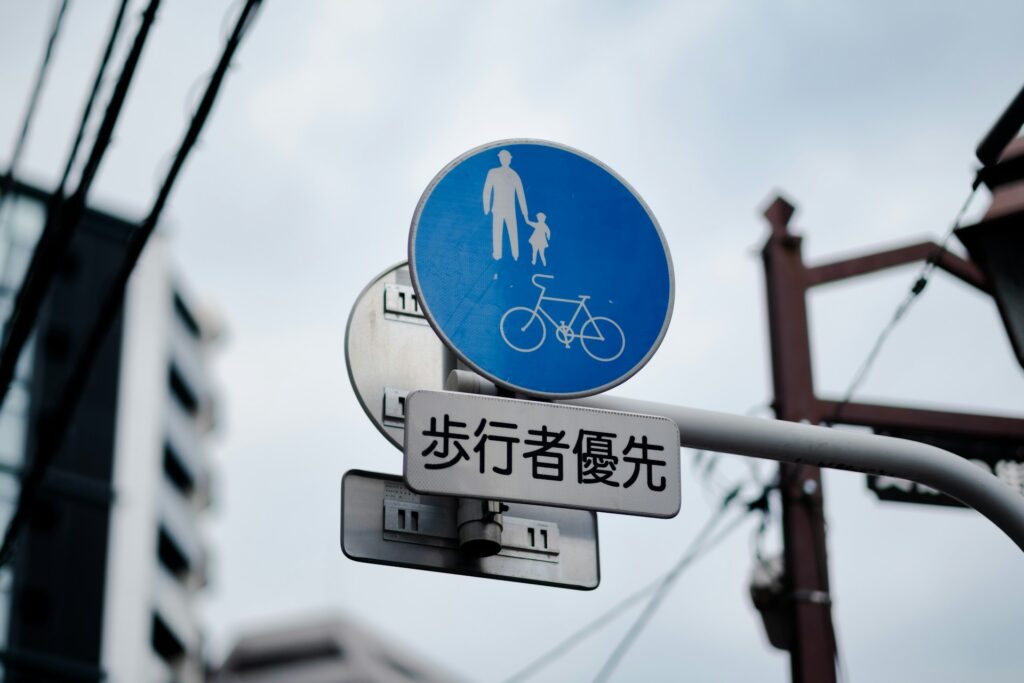
The Shimanami Kaido
Ideal For: Casual cyclists and architecture enthusiasts
The Shimanami Kaido ranks as Japan’s most famous cycling route, and for good reason. This 70-kilometre spectacular connects Honshu and Shikoku islands via six smaller islands in the Seto Inland Sea, crossing each span on dedicated cycling lanes that run alongside (but safely separated from) vehicle traffic.
What makes this route truly special isn’t just the engineering marvel of its bridges, but how each island offers distinct character and attractions, from citrus groves and sandy beaches to traditional pottery villages and contemporary art installations.
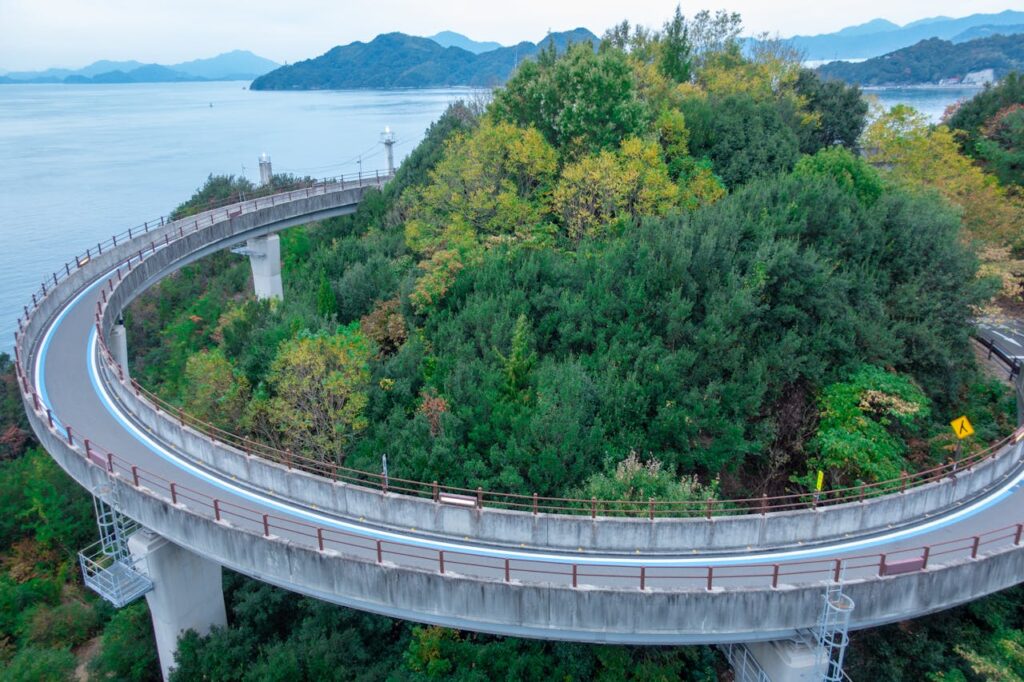
Cyclists can comfortably complete the full route in one day, though a leisurely two-day journey allows time to explore the islands thoroughly. The terrain remains largely gentle with a few moderate climbs onto the bridges, making this accessible to cyclists of nearly all fitness levels.
Bicycle rental stations at both ends and on the islands allow for one-way trips, with excellent signage throughout. For overnight stays, consider the design-forward Cyclonoie guesthouse on Omishima island, which caters specifically to cyclists with secure storage and maintenance facilities.
Culinary Specialties Along The Way: The route is famous for fresh seafood, particularly grilled sea bream and octopus, along with Setouchi lemons and locally-crafted craft beers that make for perfect post-ride refreshment.
The Northern Alps Traverse
Ideal For: Mountain lovers and endurance cyclists
For those seeking a more challenging adventure, the mountainous routes through Japan’s Northern Alps offer epic climbs, breathtaking descents, and scenery that rivals Europe’s most celebrated alpine passes.
A recommended route starts in historic Takayama and makes its way through the prefecture of Nagano, covering approximately 230 kilometres over 4-5 days. This journey takes you over several passes exceeding 1,500 metres in elevation, with the iconic Venus Line providing some of Japan’s most dramatic mountain vistas.
Cyclists should prepare for serious climbing, with some gradients reaching 10% or more. Your efforts are rewarded with pristine mountain lakes, steaming onsen (hot spring) towns, and forests that transform spectacularly with the seasons. Wildlife sightings of macaque monkeys and even the occasional black bear (from a safe distance) add to the adventure.
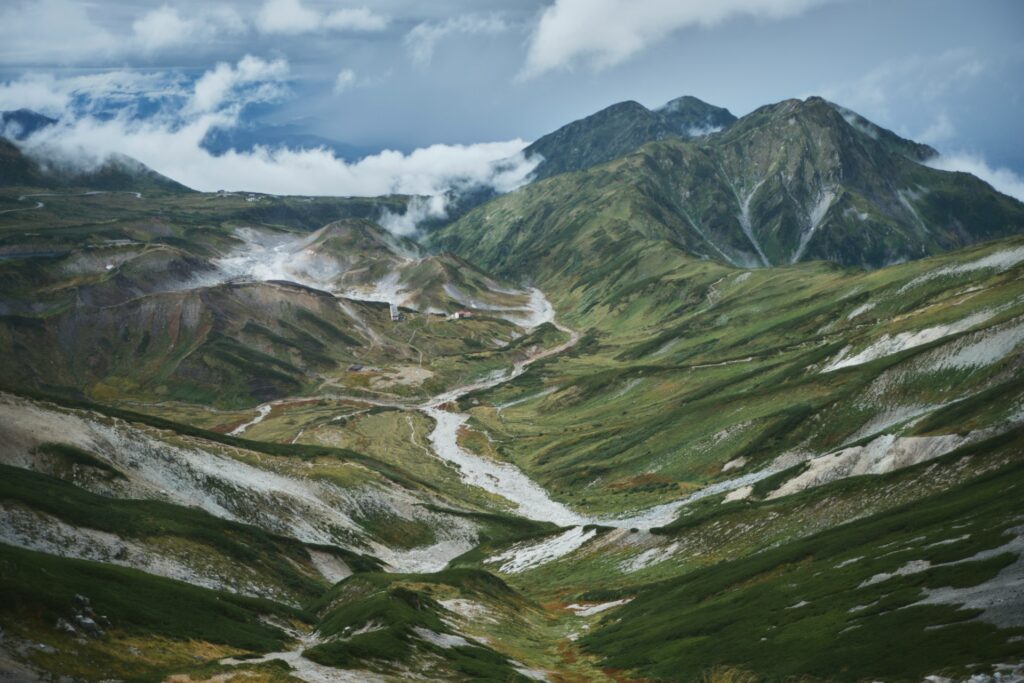
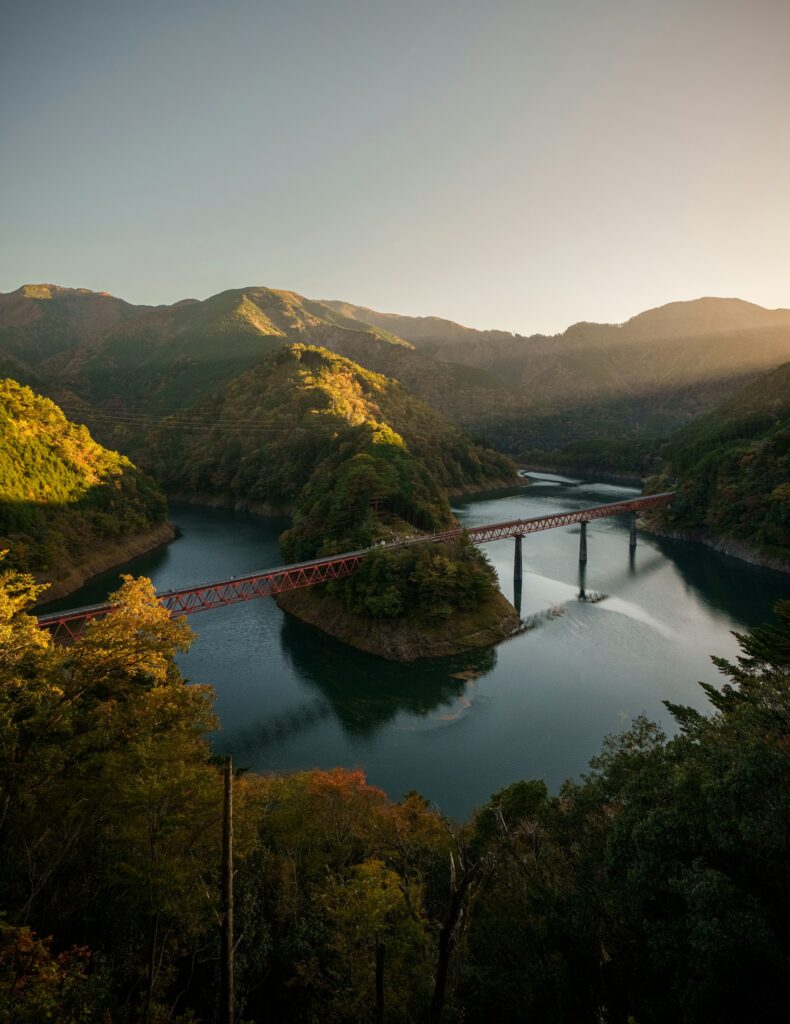
Accommodation options range from traditional ryokans in onsen towns like Kamikochi to cyclist-friendly guesthouses in Matsumoto. One distinctive highlight is staying at Shirahone Onsen, where the naturally milky-white hot springs provide perfect therapy for cycling-weary muscles.
Culinary Specialties Along The Way: Mountain regions offer hearty fare like soba noodles, hoba miso (local vegetables and miso grilled on magnolia leaves), and seasonal wild mountain vegetables that taste extraordinarily revitalising after a day of climbing.
The Wakayama Coastal Route
Ideal For: Spiritual seekers and coastal scenery enthusiasts
The Wakayama peninsula south of Osaka offers an extraordinary blend of spiritual pilgrimage routes, dramatic Pacific coastlines, and tranquil rural villages seemingly frozen in time.
A recommended 140-kilometre route follows sections of the ancient Kumano Kodo pilgrimage path (adapted for cycling) and the stunning coastal roads of the Kii Peninsula. This journey typically takes 3-4 days, connecting sacred sites of the UNESCO-listed Sacred Sites and Pilgrimage Routes in the Kii Mountain Range.
The terrain varies from gentle coastal riding to moderate inland climbs, with short challenging sections that might require dismounting for all but the most experienced cyclists. What makes this route special is the seamless blend of natural beauty and spiritual heritage, from the towering Nachi Falls to the grand Kumano Sanzan shrines.
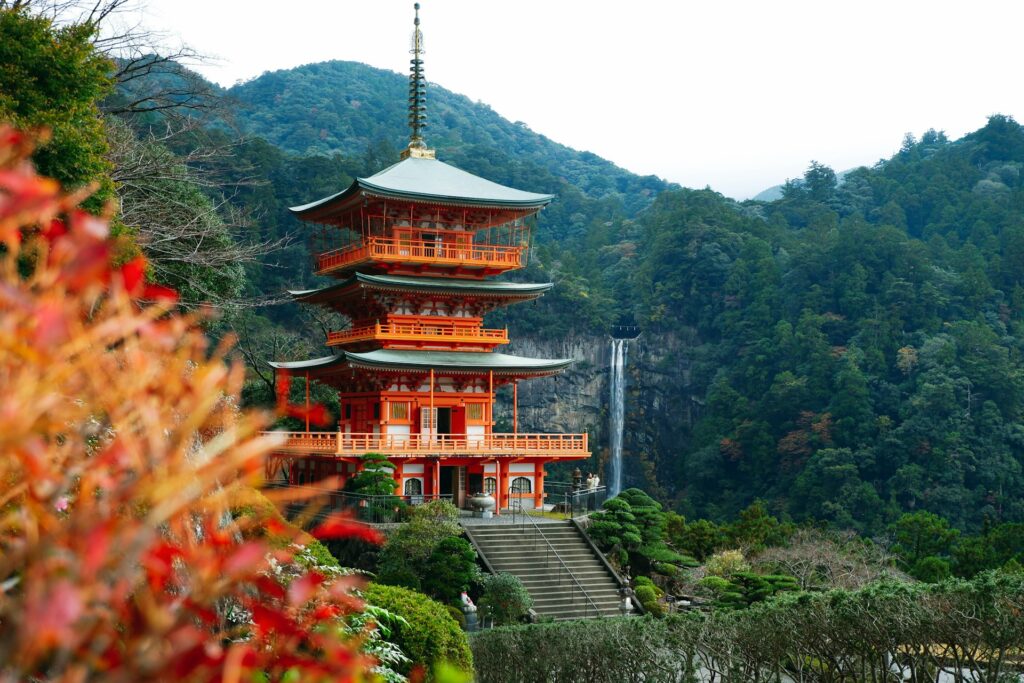
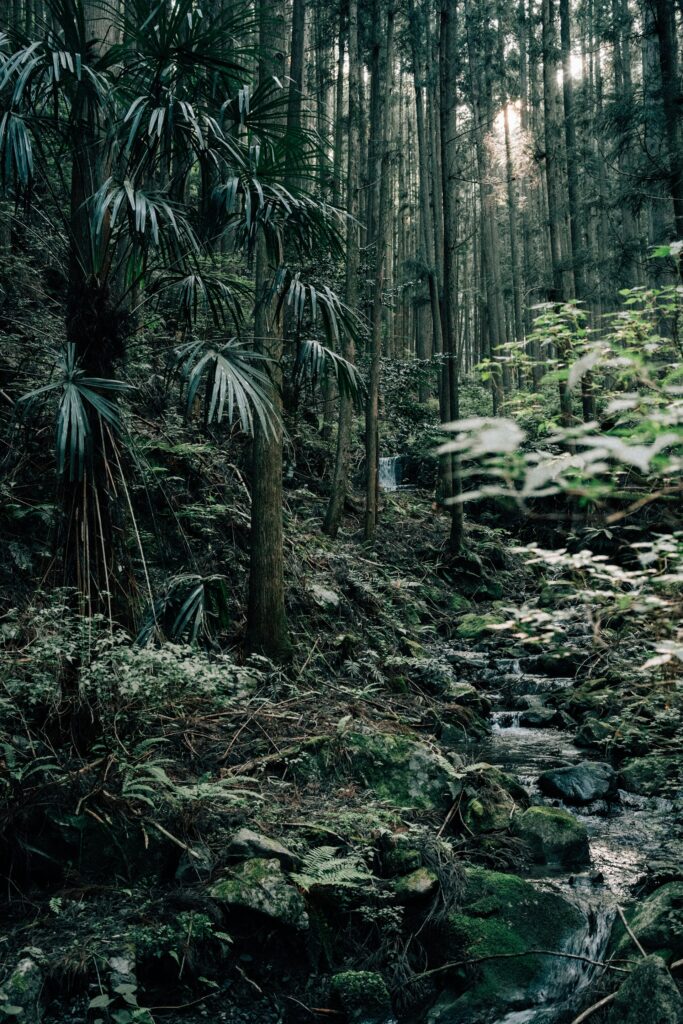
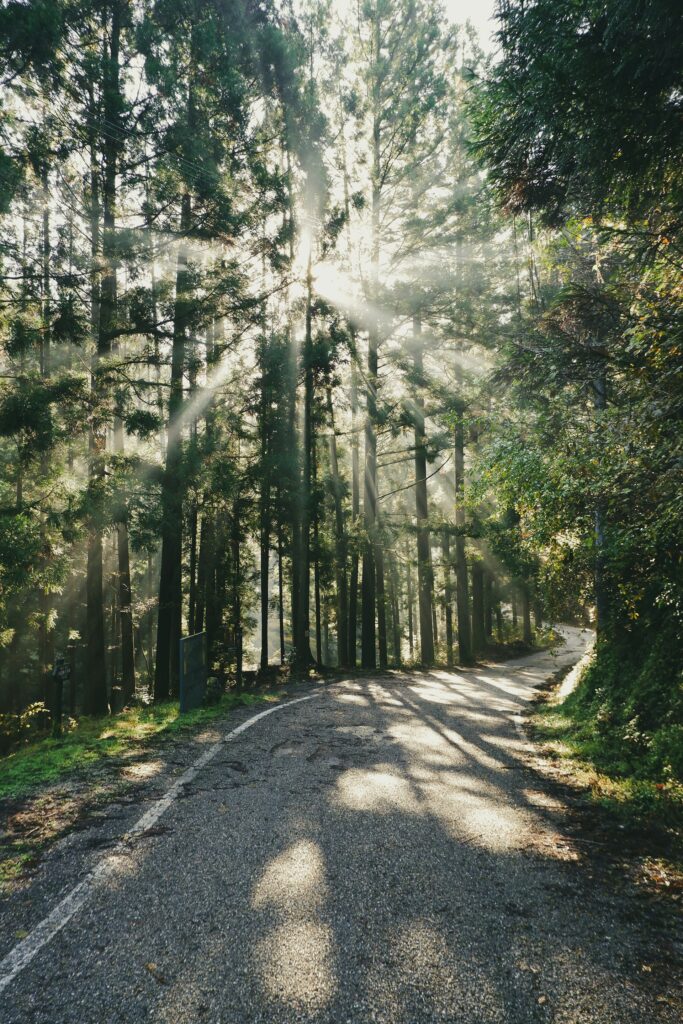

Accommodation highlights include temple lodgings (shukubo) at Koyasan, where you can join Buddhist monks for morning meditation, and traditional minshuku guesthouses in fishing villages where your dinner was likely swimming that morning.
Culinary Specialties Along The Way: Wakayama is renowned for its tuna, bonito flakes (katsuobushi), and umeboshi (pickled plums), with mehari-zushi (rice balls wrapped in pickled mustard leaves) making perfect cycling snacks. The higher elevations of the peninsula also produce excellent sencha tea – Japan’s most popular green tea variety – and many small producers offer tastings where you can sample this revitalising brew between rides.
The Hokkaido Dairy Loop
Ideal For: Nature lovers and those seeking wide open spaces
Japan’s northernmost island presents a cycling experience utterly different from the rest of the country, with vast plains reminiscent of European countryside, dramatic volcanoes, and significantly fewer people.
A popular 300-kilometre route circles through eastern Hokkaido’s dairy country, starting and ending in Kushiro, passing through the picturesque Akan-Mashu National Park and the flower fields of Biei. This journey typically takes 5-7 days, offering a sense of remoteness rarely found elsewhere in Japan.
Cyclists enjoy wide, well-maintained roads with minimal traffic, making this region particularly appealing for those who prefer tranquility over tourist hotspots. The terrain alternates between flat farmland and moderate hills, with a few challenging climbs into volcanic areas that reward with otherworldly crater lakes and steaming fumaroles.
Wildlife encounters make this route especially memorable, with potential sightings of Hokkaido red foxes, tancho cranes, and even abundant deer. Accommodations range from dairy farm stays to lakeside hotels with natural hot springs and sweeping views.
Culinary Specialties Along The Way: Hokkaido is Japan’s dairy heartland, offering exceptional ice cream, cheese, and butter. Don’t miss the fresh seafood, particularly crab, uni (sea urchin), and scallops, along with the island’s signature soup curry and remarkably refreshing local beer.
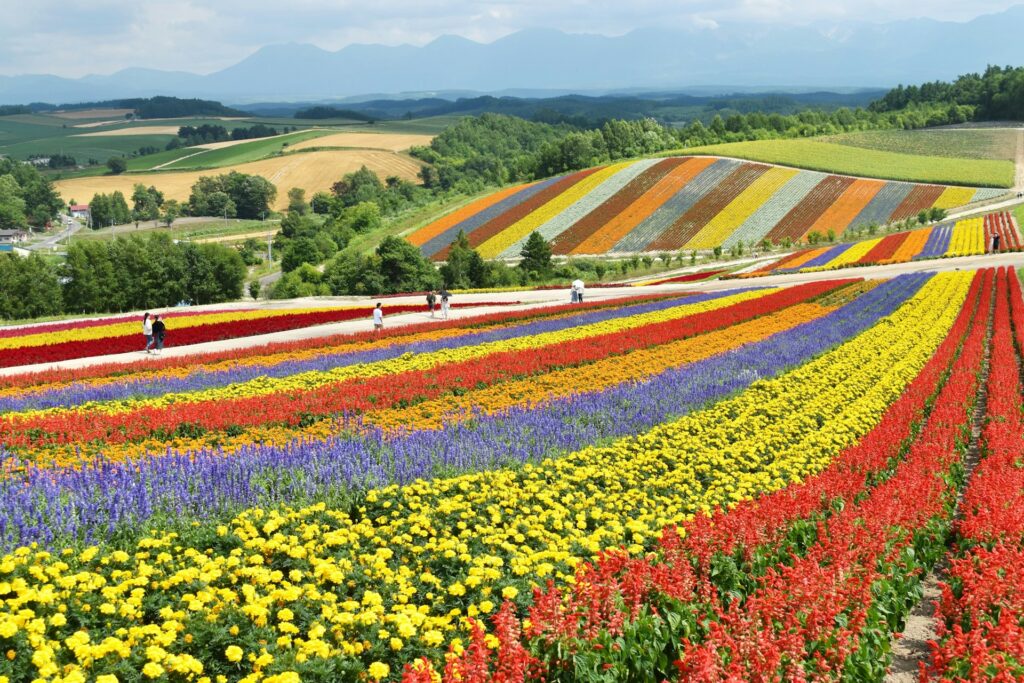
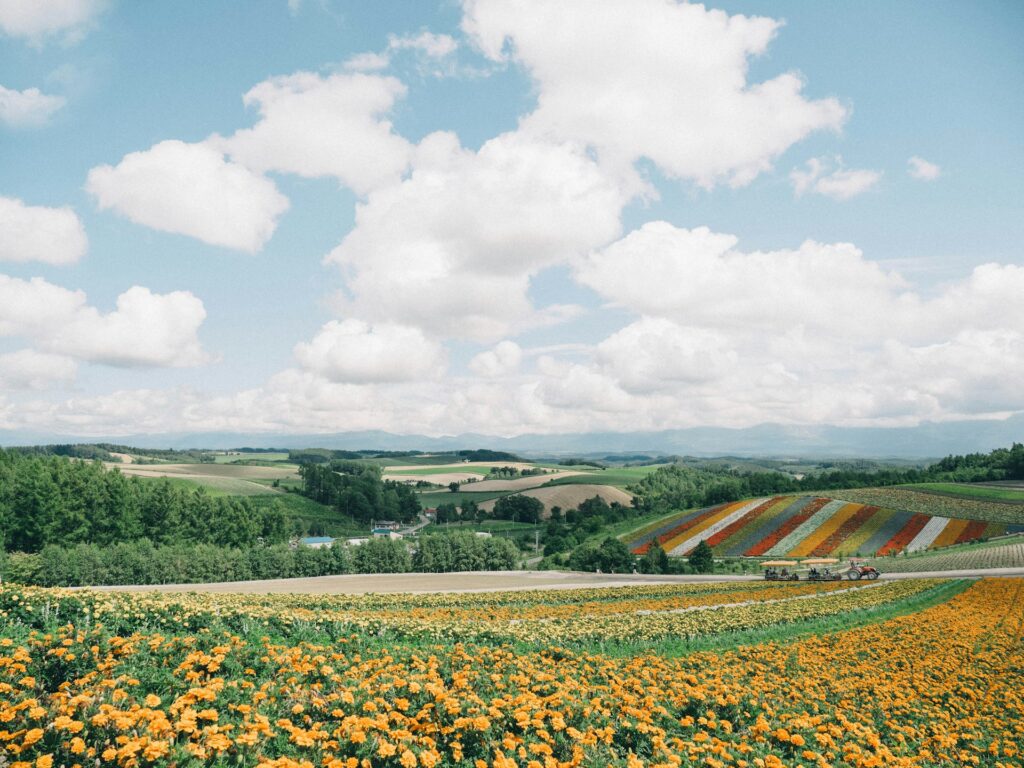
The Kyushu Hot Spring Circuit
Ideal For: Relaxation seekers and cultural explorers
Japan’s southernmost main island offers a unique cycling adventure where every day’s riding culminates in soaking travel-weary limbs in some of the country’s finest natural hot springs.
A suggested 180-kilometre circular route from Fukuoka takes you through Kyushu’s volcanic heartland, including the otherworldly landscapes of Aso-Kuju National Park, the historic hot spring town of Kurokawa Onsen, and the picturesque countryside of Oita Prefecture. This journey typically takes 4-5 days, with the option to extend into the ceramic towns of Saga Prefecture.
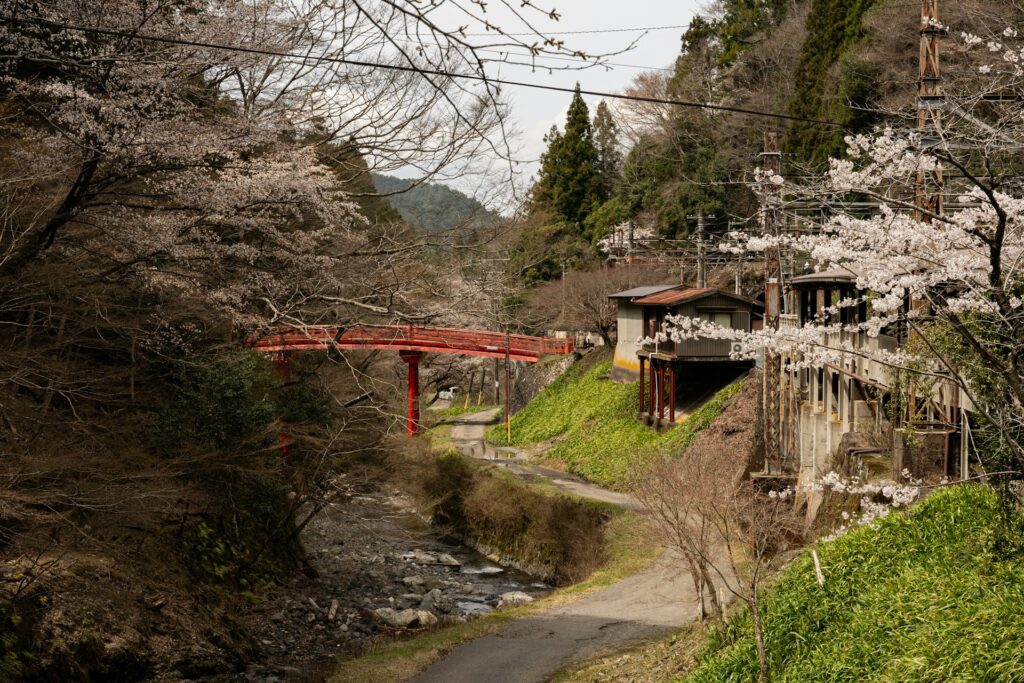
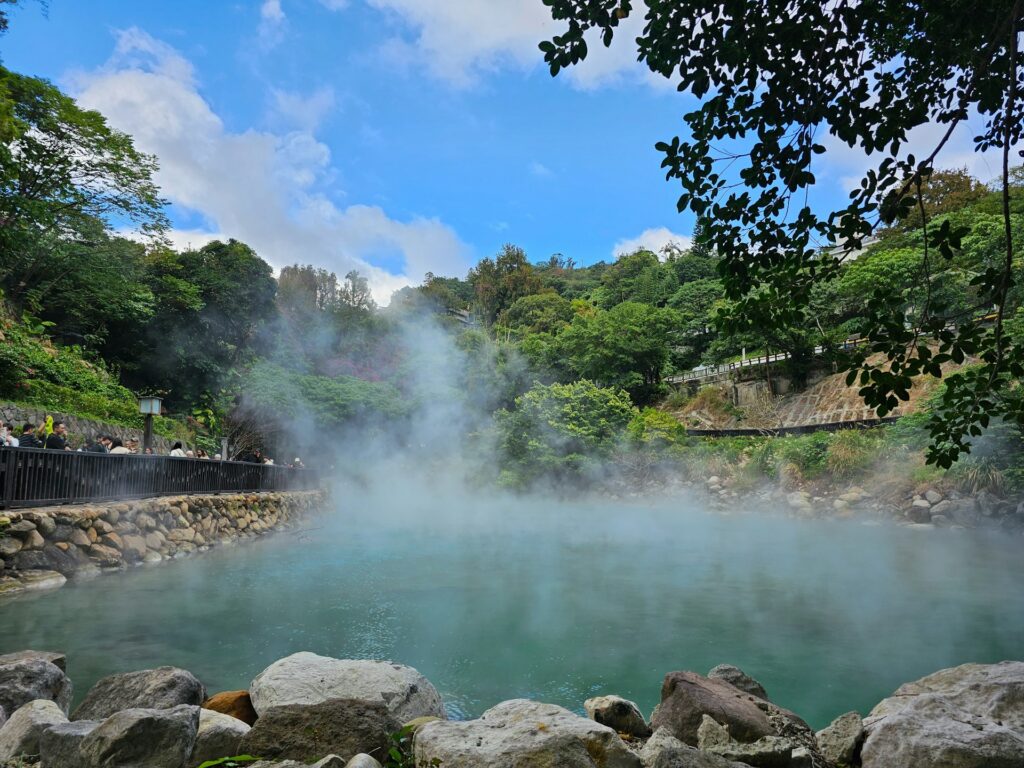
The route features several challenging climbs through volcanic terrain, but the promise of therapeutic mineral waters at day’s end makes the effort entirely worthwhile. What sets this route apart is the incredible variety of onsen experiences – from riverside rotenburo (outdoor baths) hidden in bamboo forests to historic bath houses dating back centuries.
Accommodation typically centres around traditional ryokans with their own hot spring facilities, where you’ll sleep on futon mattresses and dine on multi-course kaiseki meals featuring local specialties.
Culinary Specialties Along The Way: Kyushu is famous for its tonkotsu ramen, charcoal-grilled chicken (yakitori), and pristine vegetables grown in volcanic soil. The region’s sweet potato shochu (distilled spirit) offers welcome refreshment after a day in the saddle.
Piecing Together Your Own Grand Tour of Japan
For the truly adventurous cyclist, combining elements of these routes into a comprehensive exploration of Japan represents the ultimate two-wheeled adventure. While logistically challenging, the country’s excellent train network (most of which accept bagged bicycles) allows you to connect these diverse regions into one epic journey.
Bike tours might start in Tokyo, heading north to explore Hokkaido’s wilderness, before returning south to tackle the Northern Alps. From there, train connections would take you to western Japan for the Shimanami Kaido, followed by the spiritual routes of Wakayama, before finishing with the hot springs of Kyushu.
This comprehensive adventure would cover approximately 800-1,000 kilometres of cycling over 3-4 weeks, offering an unparalleled insight into Japan’s diverse landscapes, cultures, and cuisines. The best approach is to ride the highlight sections in each region rather than attempting to cycle every kilometre between them.
The Bottom Line
Japan offers a cycling experience like no other – a perfect fusion of natural beauty, cultural depth, and impeccable infrastructure. Whether you’re conquering mountain passes in the Japanese Alps, island-hopping across the Inland Sea, cruising around Tokyo, or soaking in hot springs after a day’s ride through volcanic landscapes, cycling provides an intimate connection with this fascinating country that few other forms of travel can match.
The Japanese concept of ‘omotenashi’ (wholehearted hospitality) ensures warm welcomes throughout your journey, even in remote areas where foreign faces remain uncommon. For cyclists seeking adventure beyond Europe’s well-travelled routes, Japan represents the perfect next frontier – challenging, rewarding, and utterly unforgettable.

